
You’ve surely heard of the Panama Canal and probably even the Grand Canal in Venice. But how many of you know about the Great Canal in China? It’s not well known to many, and this is a pity - because it is one of the oldest and longest waterways in the world, certainly on the Asian continent where it sits. So, to get to know the Chinese Grand Canal a bit more, and the exotic beauty that hides on the 1,794 kilometers along which it is built, you are invited to take a look at some wonderful pictures and learn more about this magnificent canal and the path it crosses in this vast and mysterious country.
The construction of the Grand Canal was initiated by King Fu Chai, who ruled China in the 4th century BCE and planned to lead his troops to the north of the country on a journey of conquest. The route of the Grand Canal opens in the south, from the peaceful city of Hangzhou, which is fully visible in the two pictures above, and runs thousands of miles north, to Tongzhou city, near Beijing.
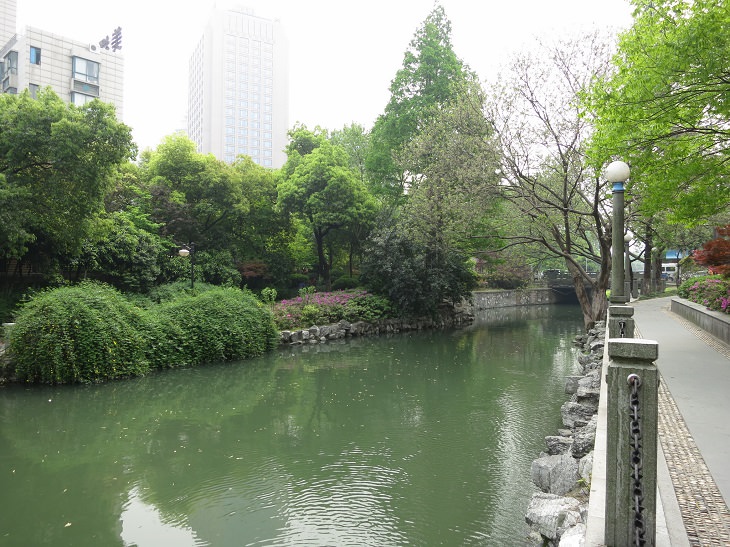
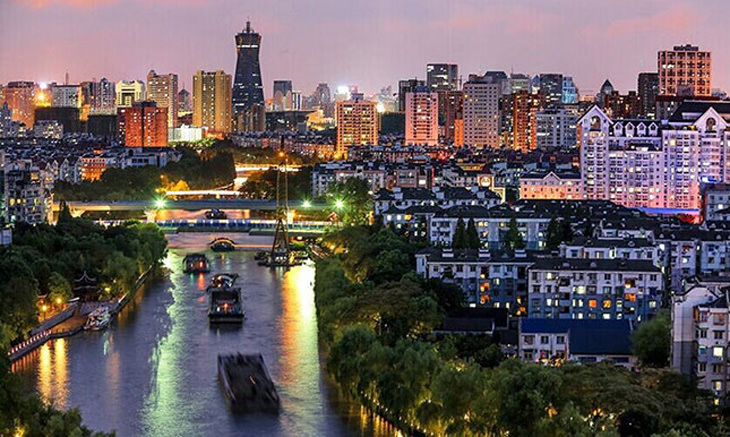
From Hangzhou, the canal runs along the eastern bank of Lake Tai, passing through the city of Suzhou, a top tourist attraction in this part of China, as well as an important center of the Chinese silk industry.
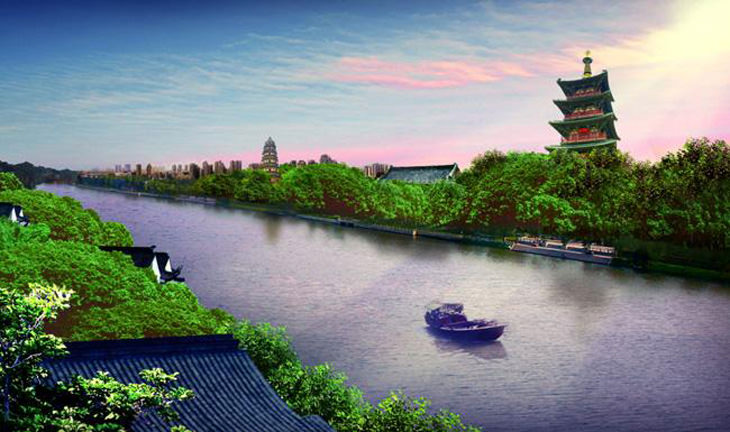
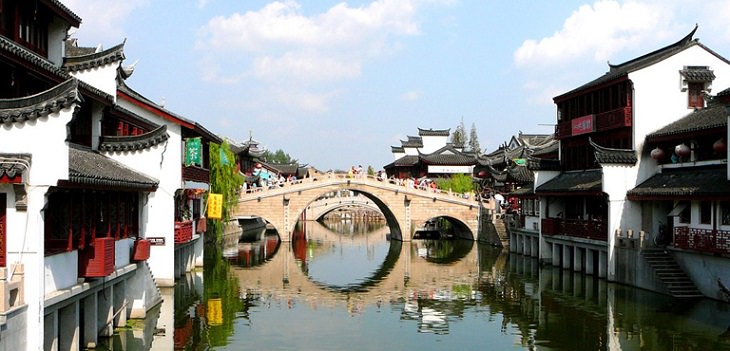
From Suzhou, the canal route passes through the fertile and verdant land of Jiangsu Province, which can be seen in the next picture.
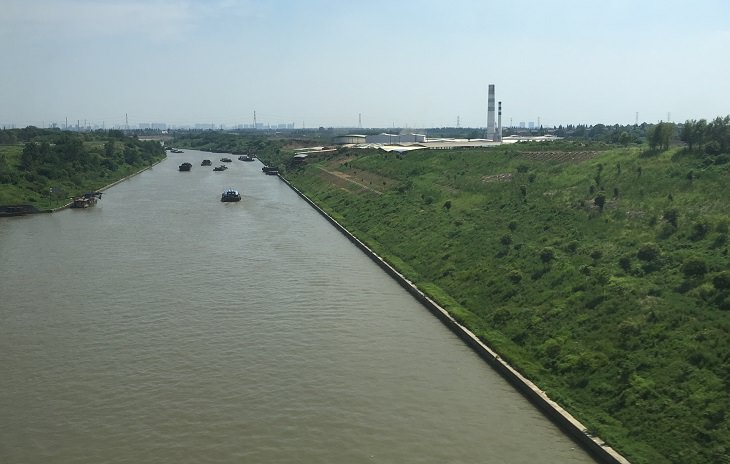
Later in Jiangsu Province, the canal passes through the ancient city of Wuxi, with a history of more than 3,000 years, but also an impressive present as an industrial center on an international scale.
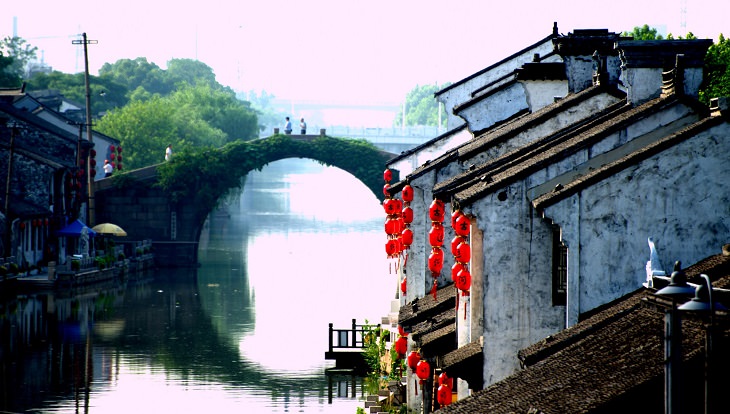
In the city of Zhenjiang, the former capital of the province, which still serves as the hub of transportation in the region, the canal makes its way and creates a beautiful view.
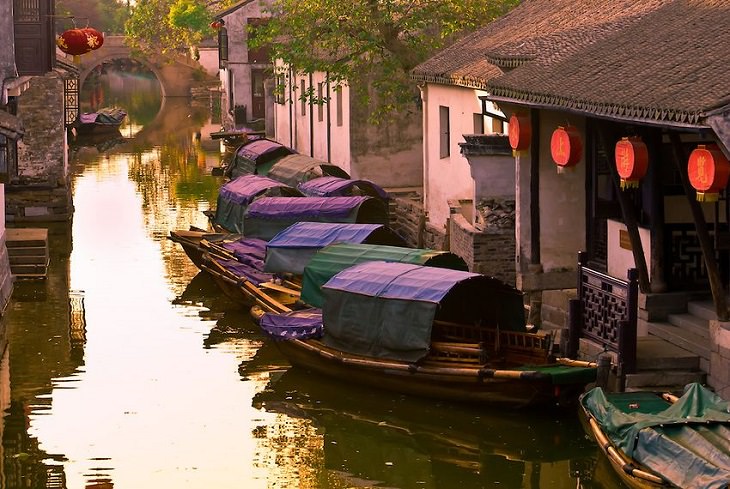
"The Inner Canal," is the section of the canal that runs from the area of Zhenjiang to the cultivating city of Huai An, which is seen in this magnificent picture taken just as the sun rises.
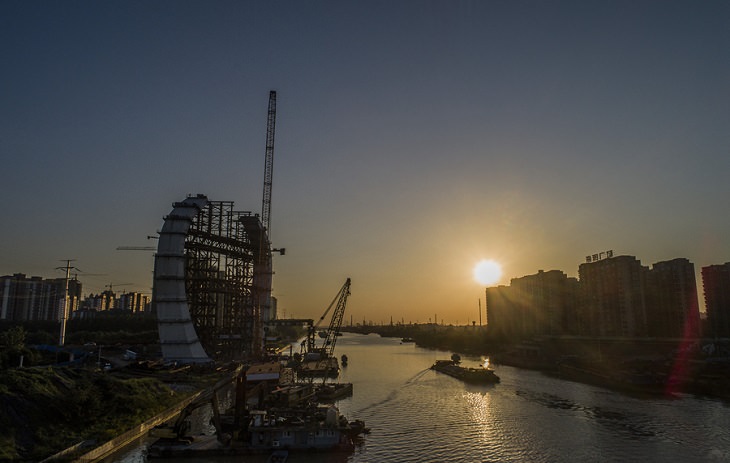
Another center that enjoyed its settlement alongside the canal route is Shao Bo Zhen, a town of more than 1,600 years, which in the distant past was a bustling business hub. In this photo, you can see an aerial photograph of it.
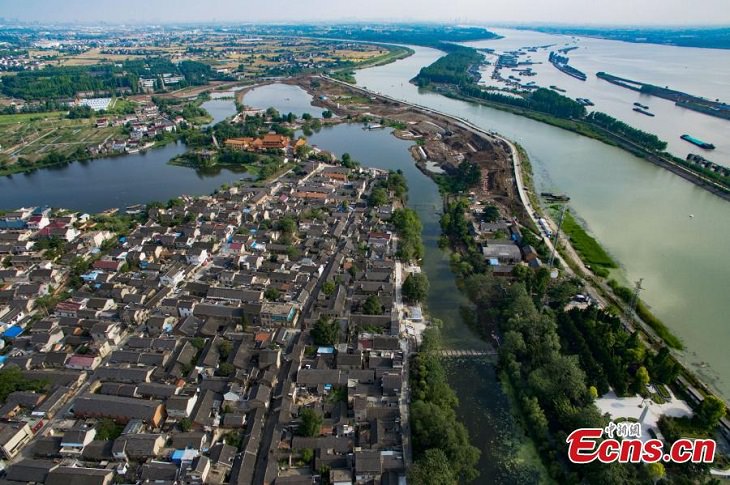
In the next beautiful picture, you can see the evening descending on the canal in the section next to the city of Pizhou, which enjoyed the flourishing of Imperial China in ancient times, where it played a more central role today.
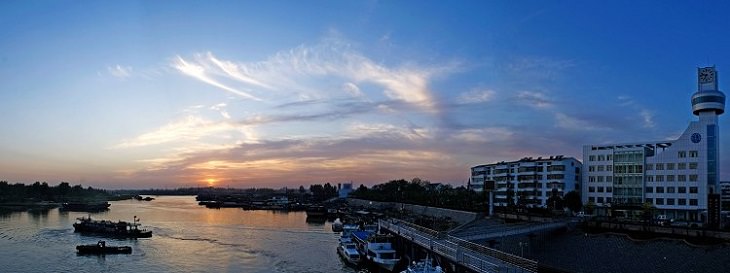
Our journey along the canal continues and now we’ve reached the city of Jining, which was once known as "the capital of the Grand Canal" because it sits at the highest and northernmost point of its route, and whoever controlled it was able to control the entire path.
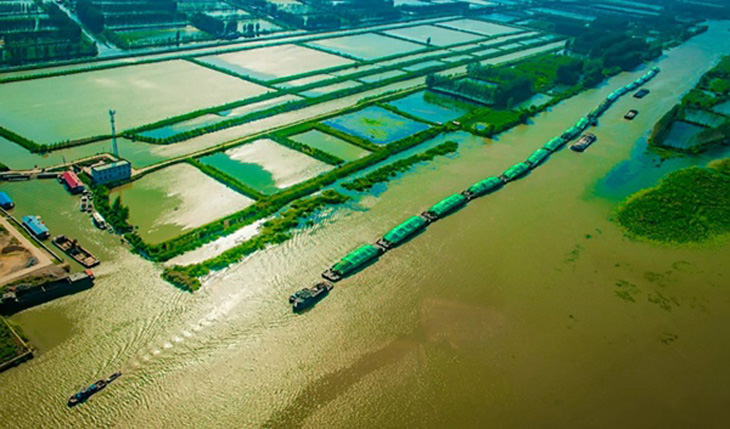
From Jining, the canal continues and stretches a few hundred kilometers to the big city and Central Tianjin, which, as can be seen from the photo before us, is also in an impressive construction and development phase alongside the section of the canal passing through its territory.
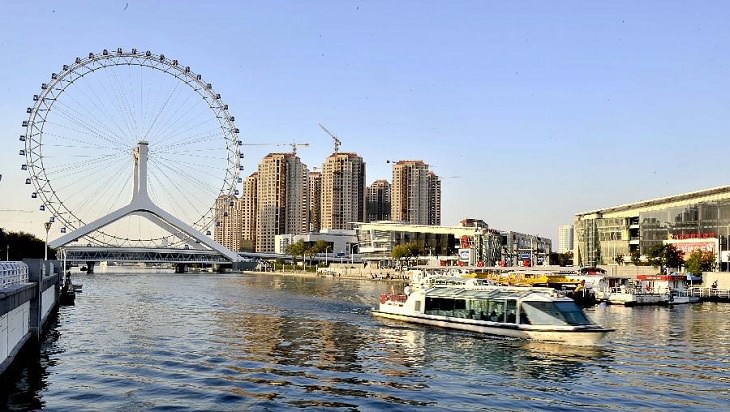
We begin to approach the end of our journey, another 180 kilometers in all until the canal ends in the Beijing area, but until then you can enjoy the passing of the Hebei Province, within the cities of Changzhou and Da Zhou, which you can admire in the 3 following photos.
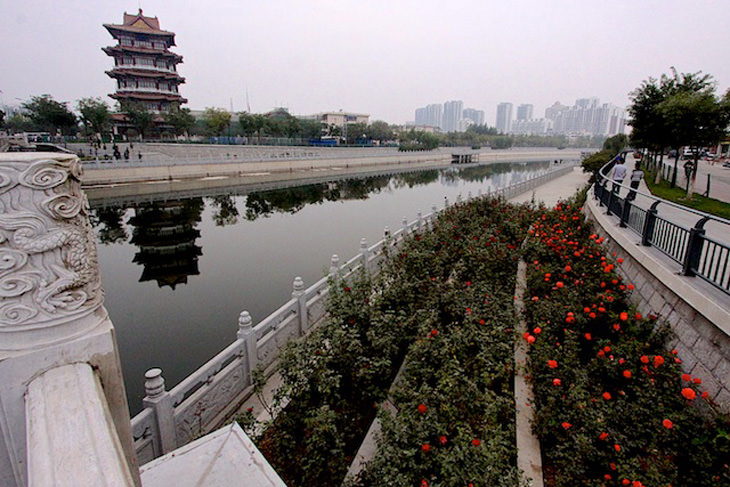
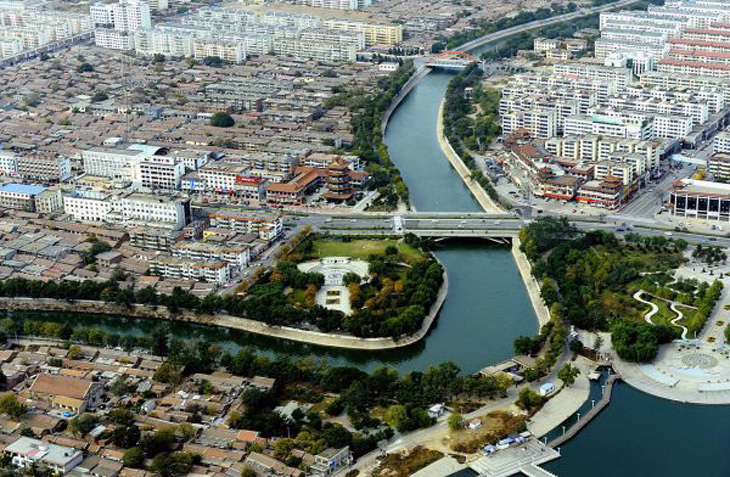
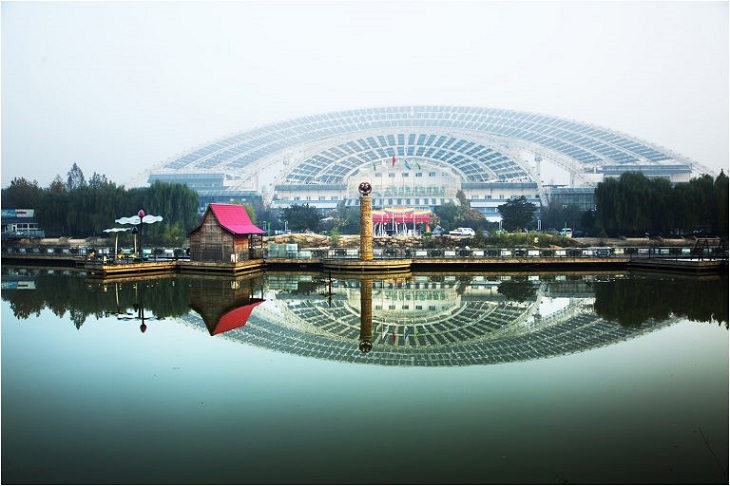

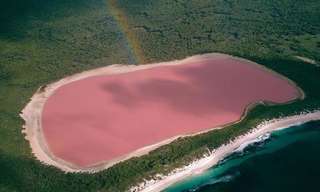
Fall In Love With These Gorgeous Pink Lakes
The sight of a pink lake is rare, and utterly gorgeous. Fall in love with photos of pink lakes from around the world.
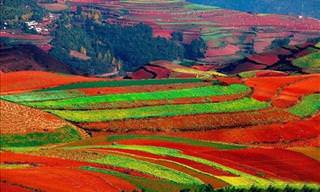
Have You Seen the Spectacular Red Lands of China Before?
China is becoming more synonymous with pollution than natural beauty, but this area of the country is an exception. See the stunning Red Lands of China.

14 European National Parks Everyone Should Visit
When planning your next European adventure, be sure to set aside at least a day to visit one of the following national parks!
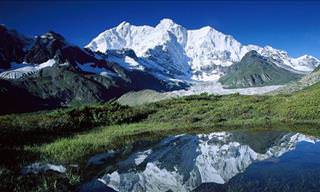
28 Places of Humbling Beauty You Can Find In Asia
Asia is a stunning and highly diverse continent with countless locations to explore. It's time for you to see 28 of the most humbling, beautiful places there.
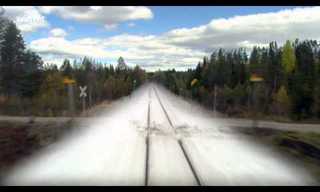 1:03
1:03
A Journey Through Seasons - Beautiful!
This beautiful video was shot over the Norwegian year, showing each season's distinct beauty as the train goes through them, moving through time and space. A gorgeous video and a pleasure to watch the graceful changing of the Norwegian landscape.
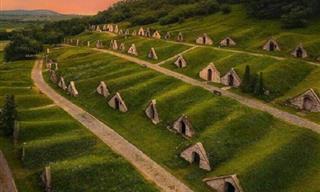
Nature's Canvas: 15 Awe-Inspiring Outdoor Spaces
Get ready to be mesmerized by the perfect blend of nature and human creativity in these stunning landscaping photos!
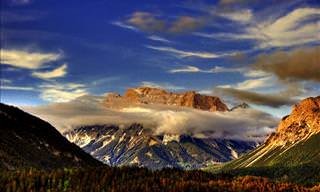
10 Beautiful Landscapes that Make Austria a Traveler's Gem
10 incredible photos that will make you want to book your next flight to Austria.
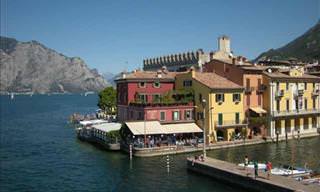
For the True Beauty of Italy, Look to the Small Towns...
Italy is blessed with so many beautiful cities, landscapes and places. Nowhere is it more evident than in these little picturesque towns, each more stunning than the next.
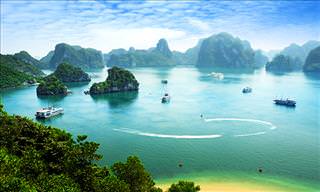
These Are Simply the Most Stunning Bays in the Whole World
There are many spectacular bays around the world, but these are just the most beautiful of all. So here's the top 10, in all its glory. Enjoy!
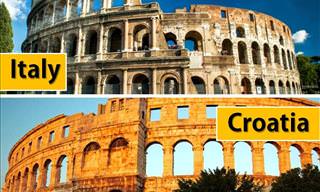
10 Famous Sights With Lookalikes That Can Be Seen for Free
Did you know that these 10 iconic sights have an alternative sight just as good as their overhyped twins?
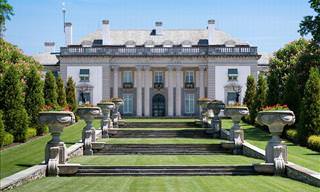
50 Amazing Historic Homes From Each US State!
These homes have a fascinating story to tell. Read up on America's most recognizable homes in each of its 50 states.
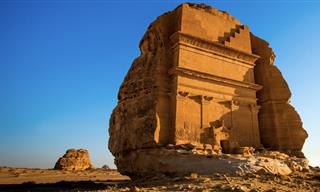
What They Built Centuries Ago Still Stuns the World
These ancient structures remind us that the past was anything but simple, and their impact still resonates today.

Fun and Fascinating Facts About the Leaning Tower of Pisa
Let’s find out some unusual and little-known facts about Italy’s iconic Leaning Tower of Pisa.
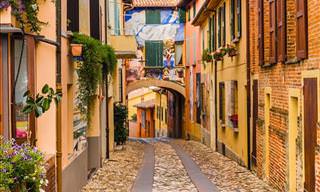
Take a Stroll Through These Picturesque Italian Villages!
Take a stroll through 10 of the most stunning, small villages in Italy.
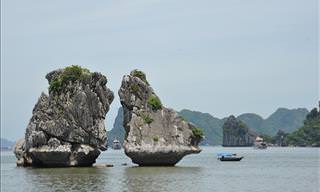
See 13 Of the Most Magical and Breathtaking Sites in Vietnam
After visiting Vietnam, a country of natural beauty, fascinating history, and authentic cultural heritage, I compiled a list of 13 must see sites!

18 Vintage Images That Bring the 19th Century to Life
These vintage photos from 1875 offer a fascinating glimpse into a world that's so different from ours.
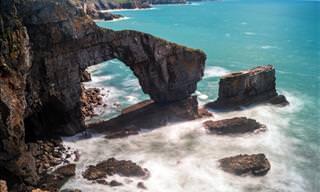
Here's Why You Should Visit Wales at Least Once
Though the UK is world famous as a travel destination, few people ever mention of Wales. These 20 pictures of its great coast will show you what you're missing.
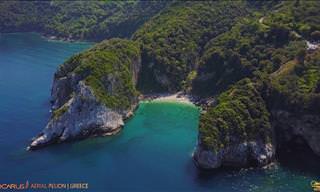 8:04
8:04
Icarus: The Island of Mystic Tales and Great Beauty
The beautiful island of Icaria is waiting for you to visit..
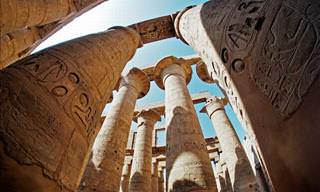
Discover the Largest Temples Ever Constructed
Temples are places of worship that are devoted to deities from various religions, both ancient and contemporary. Here are the largest temples in the world.
 8:36
8:36
These Forgotten Hotel Amenities are Sorely Missed
Do you remember these classic hotel features?
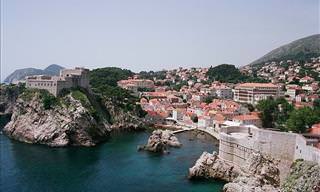
COLLECTION: The Incredible Beauty of Historical Europe
Discover this huge collection of articles dedicated to the beauty of historical architecture and unique places throughout Europe.
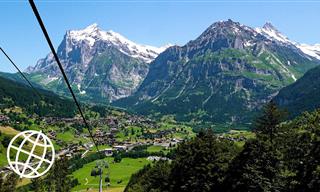 8:23
8:23
The Magical Beauty of Grindelwald, Switzerland
Almost everything people look for in Switzerland can be found in the enchanting town of Grindelwald.
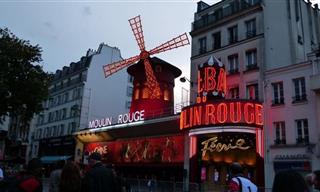
10 of the Most Beautiful Neighborhoods in Europe
Each of the 10 neighborhoods listed here is ancient and built from original stones dating back hundreds of years. Visiting them feels like stepping into a fairy tale...
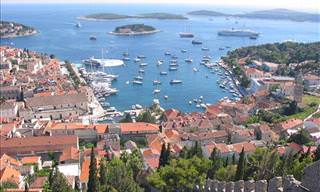
You Have to See These 11 Amazing Islands for Yourself!
These 11 islands are considered the most beautiful in the world and for good reason. When you see these pictures you'll understand why ...
 11:11
11:11
Discover Sommarøy: The Island Where Time Takes a Break
Sommarøy is an island where time takes a break...
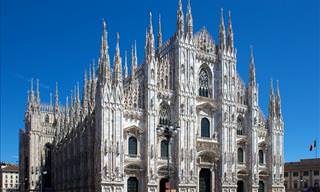
10 of the Most Beautiful Places of Worship in the World
Houses of worship are often the most shining example of artistic architecture, and these are the most beautiful examples of that.
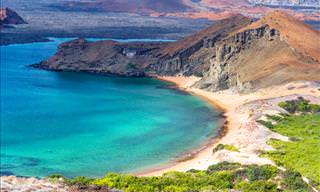 23:09
23:09
Travel Through this Remarkable Archipelago in Minutes
The natural wonders of the Galapagos Archipelago have long inspired its visitors. Take a look at why here:
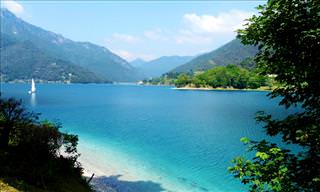
The Italian Lakes Are Like Pieces of Heaven On Earth
The Italian Lakes are associated with glitz, glamour and sheer beauty. View some of the most beautiful lakes in Europe, if not the entire world.
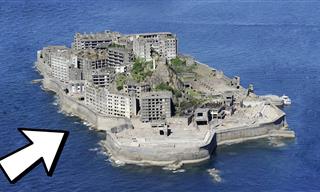 26:22
26:22
Rediscovered: The World's Most Fascinating Lost Cities
Check out these 15 lost cities that have finally been brought back into the light.
 3:24
3:24
This Flight Over Scotland Will Amaze and Inspire You
This video will fly you over Scotland's cities, villages, valleys, and highlands, and is guaranteed to take your breath away...

9 Common Myths About Africa You Need to Stop Believing
Let’s set the record straight and debunk some common myths about Africa.
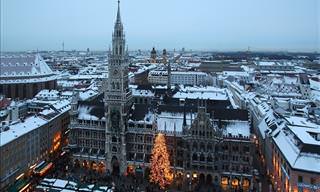
Munich, the Capital of Bavaria is Such a Stunning City!
Here are 10 of our personal favorite tourist attractions to see and experience in Munich in any time of the year, especially in winter

17 Surprising USA Facts That a Lot of People Don't Know!
In this article, you'll find 17 fun and weird facts about the United States of America. Enjoy!

Everyday Australia Seen Through 18 Unique Snapshots
These images paint a comprehensive picture of what makes Australia so special.
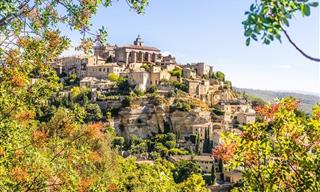
11 Gorgeous Places to Visit in Beautiful Provence, France
France is a prime tourist destination, but it also boasts one area as a true gem: the magical Provence region...

Remarkable Ancient Finds That Survived Against All Odds
These archeological discoveries remind us that history still holds countless secrets. These discoveries remind us that history still holds countless secrets,
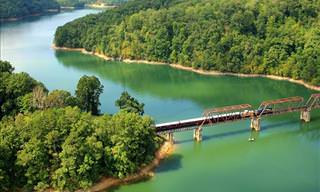
Here Are Some of the USA's Most Stunning Train Routes
The USA is home to loads of scenic train routes that are perfect for the whole family to enjoy together. Here are 8 of the very best!
 8:34
8:34
The US Island That Still Speaks Shakespeare's English
This island off the Southern Coast is home to the last Elizabethan English speakers.
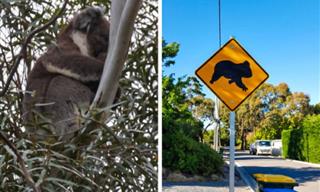
12 Unusual Things You Will Find in Other Countries
In this series of pictures, we showcase 12 strange and unusual things in various countries that locals consider commonplace.
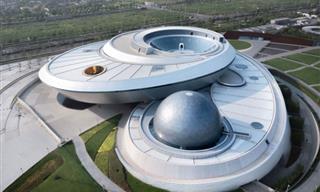
10 Museums Famed For Their Unusual Architecture
You should definitely know and visit these museums for their beautiful architecture alone if you ever have the chance!

Only in Australia Will You Find Photos Like THESE
These pictures prove Australia is truly one of a kind.
 13:40
13:40
Inside the Food Culture of the World’s Happiest Nation
Here’s a look at what people in Bhutan eat and the stories behind their meals.
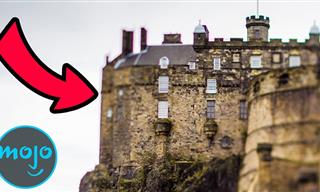 12:03
12:03
Would You Dare Visit These Haunted Ancient Sites?
These beautiful ancient sites have one thing in common. Apparently, they are all inhabited by ghosts!
 10:10
10:10
Bhutan: A Picturesque Country with No Homeless People
Take a journey of the tiny and beautiful Himalayan kingdom of Bhutan that is regarded as the happiest place in the world for many reasons.
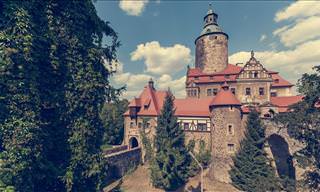
Poland's Castles Are Full of Medieval Mystery & Splendor
Poland, lying in the middle of Europe, has some of the most spectacular castles you've ever seen.

12 Scenic Ocean Drives That Will Leave You Awestruck
Discover the world's most breathtaking ocean drives.
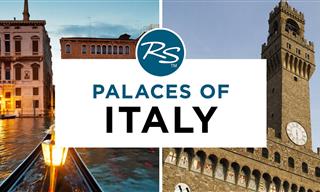 10:14
10:14
Step Inside Italy’s Most Stunning Historic Palaces
Let's take a closer look at some of Italy's most impressive palaces.
To enable your Ad-Free Subscription, please fill the fields below
Your subscription was successful, now you can enjoy an ad-free experience!! Note: To make sure you get no ads, please make sure to log in to your account. If you are logged in already, then refresh the page. The subscription can be cancelled at any time.


